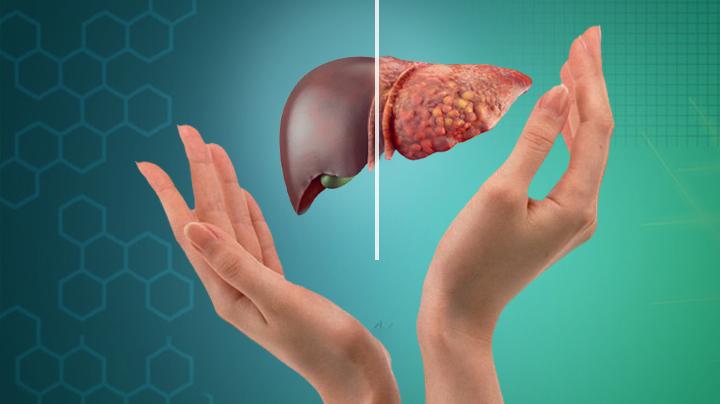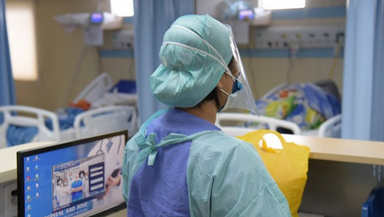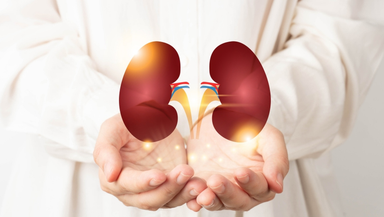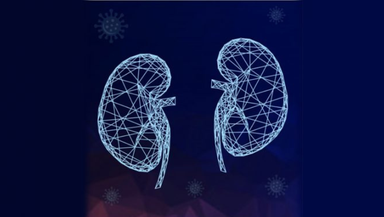Reasons for a Fatty Liver Disease and How To Reduce It

Fatty liver disease, also known as Hepatic Steatosis, is a chronic condition where fat accumulates in the liver, eventually interfering with the optimal functioning of this vital organ. The liver stores fat in small amounts, and this second largest organ responsible for more than 500 functions are crucial in filtering harmful substances and purifying the blood.
This chronic condition results from too much fat accumulation in the organ, which causes inflammation, damage the organ, and creates scarring. If not addressed medically with strategic treatment options, it can cause liver failure.
It is often believed it is diagnosed only in alcoholics, but that’s not true. This life-threatening condition can affect non-alcoholics too. If diagnosed in an alcoholic, it is known as Alcoholic Fatty Liver Disease (AFLD), and in non-alcoholics, it is termed Non-Alcoholic Fatty Liver Disease (NAFLD).
What Are The Reasons For Fatty Liver/ What Causes Fatty Liver?
The reasons for fatty liver disease is the result of an excess fat build-up in the liver cells. Too much consumption of alcohol leads to Alcoholic Fatty Liver Disease as it interferes with the metabolic functioning of the organ. In addition, when specific components present in liquor combine with fatty acids, it forms fat deposits in the liver.
In non-alcoholics, the reasons behind Non-Alcoholic Fatty Liver Disease often involve excessive fat deposits or the body’s inability to metabolize the fats effectively. Other common reasons for fatty liver disease include:
- Overweight or obesity
- Insulin resistance
- Type 2 diabetes
- Uncontrolled triglycerides in the blood
- Family history of chronic liver conditions
- Exposure to certain toxins
- Metabolic syndrome
- Changes in pregnancy
- Long-term use of medications
- Infections like Hepatitis C
- Genetic conditions like Wilson disease or Hypobetalipoproteinemia
What Are The Symptoms of Fatty Liver?
The progression of fatty liver diseases is in 4 stages.
Simple Fatty Liver: In this stage, the liver has an excess build-up of fat. It can be treated with lifestyle and dietary changes and is harmless if controlled.
Steatohepatitis: Besides excessive fat, the liver also suffers from inflammation in this stage.
Fibrosis: Inflammation, if not treated on time, can lead to scarring but will not interfere with the functioning of the liver.
Cirrhosis: The last stage of fatty liver disease, the scarring spreads across the organ. It is irreversible, and a liver transplant is the only treatment to save a life.
Both AFLD and NAFLD present with similar symptoms. Most patients do not experience any noticeable signs at the initial stages, but as the disease progresses, the following symptoms occur:
- Severe pain in the abdominal region, on the right side just down the rib cage
- Loss of appetite
- Yellow skin and eyes
- Unintentional weight loss
- Dark coloured urine and pale stools
- Continuous fatigue and weakness
- Itchy skin
- Nausea
- Edema or swelling in the legs
- Confusion and disorientation
- Enlargement of breast region in men
Is Fatty Liver Dangerous?
AFLD or NAFLD, if diagnosed in the early stage, can be treated effectively with the help of medications, lifestyle, and dietary changes. Patients with AFLD should cut down on alcohol consumption.
If not treated on time and the fat accumulates, it will ultimately lead to Cirrhosis or complete scarring of the liver. It also leads to complications related to other organs like the heart and can cause diabetes, stroke, and heart attack. The symptoms become worse and are fatal. At this stage, the patient would require a liver transplant.
How To Reduce Fatty Liver?
- Eat a healthy diet. Include a plant-based diet with fresh vegetables, fruits, whole grains, and healthy fats.
- Stay away from saturated fats and processed foods.
- Maintain a healthy weight and the right BMI. Check your calorie intake daily.
- Make workouts a daily habit. Walking, jogging, swimming, and cycling ensure your overall well-being. Regular exercise brings down excessive weight, thus improving the symptoms.
- Cut down on alcohol. Do not smoke.
The Department of Hepatology at Gleneagles Hospital offers extensive liver care. The department houses eminent hepatologists and transplant surgeons supported by highly efficient paramedical staff. The latest, advanced medical advancements powered by international standards ensure faster and overall treatment for patients suffering from various liver conditions.
Will Exercise Help Patients With Fatty Liver Disease?
Yes. An active lifestyle, with dietary changes, aids in combating fatty liver disease effectively. If you are obese, shed those extra kilos. An increased metabolic activity keeps your liver happy, thus contributing to your physical wellness.
Conclusion:
The liver is one of the primary organs responsible for more than 500 bodily functions. When fat accumulations invade this vital organ, the physical wellbeing goes for a toss. Known as AFLD (in alcoholic patients and NAFLD (in non-alcoholic patients), fatty liver disease can lead to innumerable complications like excruciating pain in the abdominal region, yellow eyes and skin, itchiness, nausea, and loss of weight.
The fatty liver disease progresses in four stages - Simple Fatty Liver, Steatohepatitis, Fibrosis, and Cirrhosis. In the final stage, Cirrhosis scarring invades the liver, ultimately compromising liver function, and this condition is irreversible.
Fatty liver disease should be addressed with aggressive medical treatment. This chronic condition demands the expertise of expert hepatologists and transplant surgeons. The life expectancy of patients with fatty liver disease depends on early diagnosis and treatment.
Equipped with state-of-the-art equipment, technology, and medical advancements that match international standards, the Department of Hepatology at Gleneagles Hospital, Mumbai, offers 24x7 services to patients.











